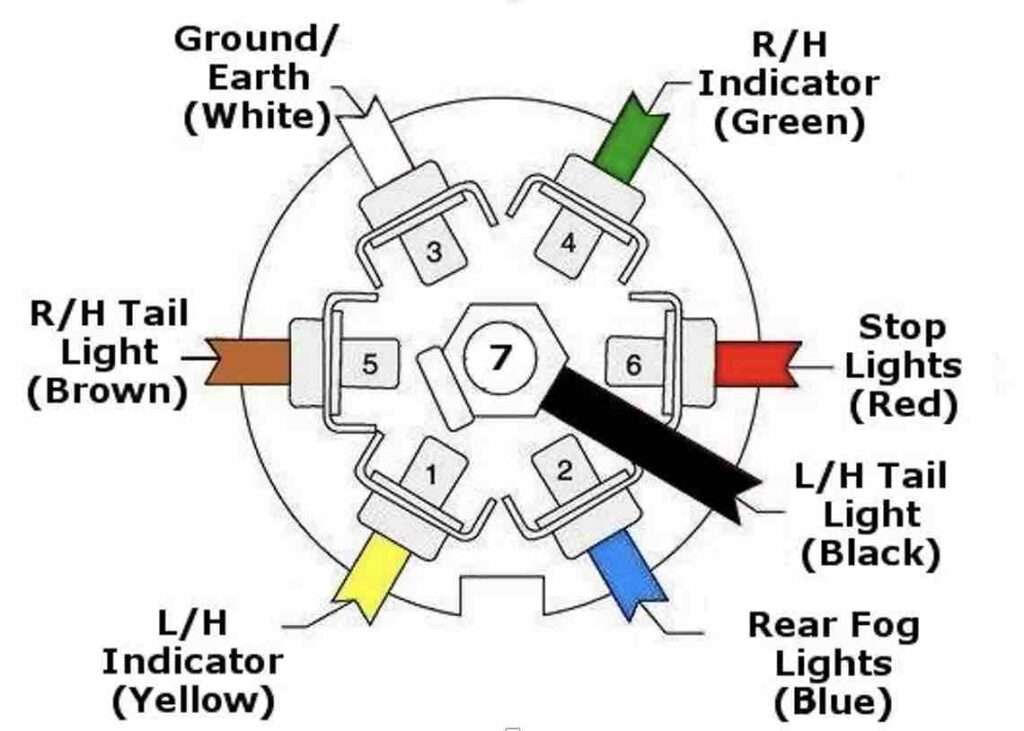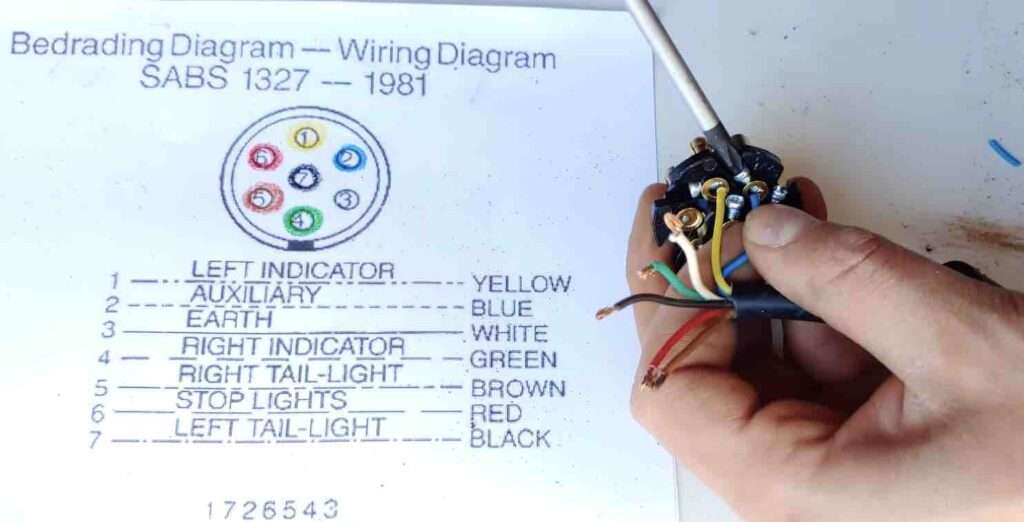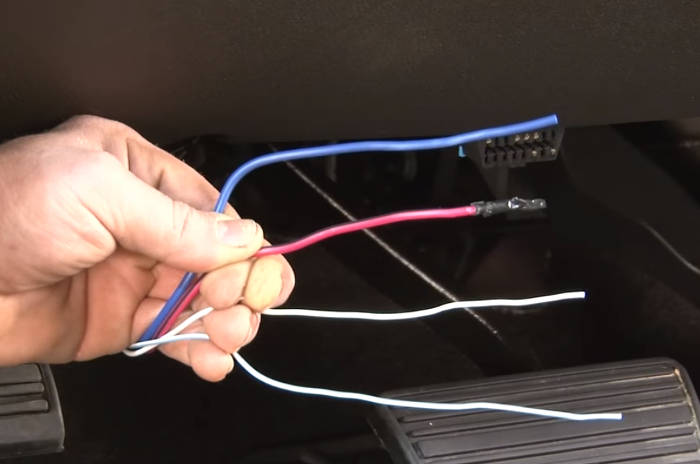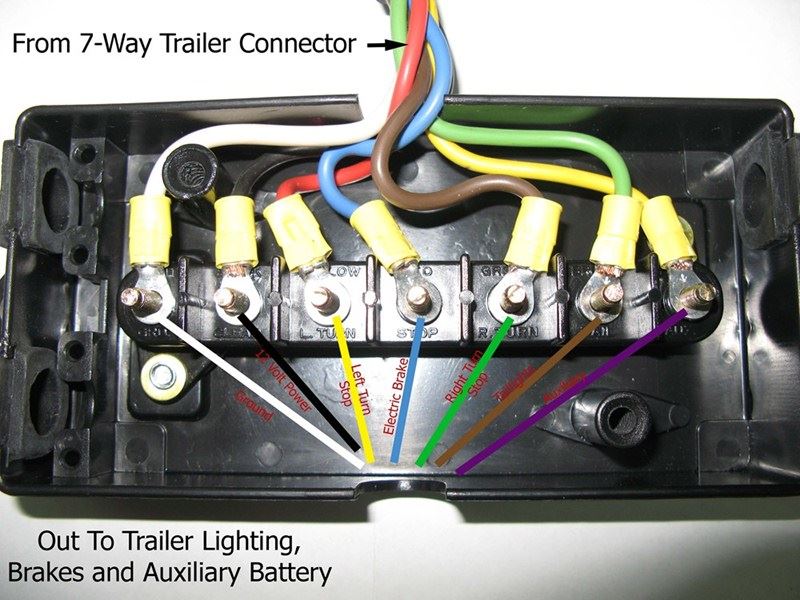If you are new to the towing world, you will find that you have many things to learn, including – adjusting your brakes.
Brakes help control your speed when transporting cargo through the highway. Suppose your brakes become squeaky, too tight, or even noisy. They will affect the braking efficiency. So, adjusting your trailer brakes is necessary because it ensures that the brakes don’t drag, draw excess power or wear out faster.
However, you need to adjust your new brakes after the first 200 miles and then about every 3000 miles depending on the brake type. Ensure you consult your owner’s manual for a specific period.

Suppose you are wondering how you can adjust the electric brakes on your trailer. This post will provide answers to these queries ranging from; do electric trailer brakes self-adjust, how to adjust electric brakes on a trailer, how to adjust self-adjusting electric trailer brakes, how to adjust trailer brake gain, manual vs. self-adjusting trailer brakes, how to adjust dexter trailer brakes and more.
Let’s get started right away!
Do Electric Trailer Brakes Self Adjust?
Of course, electric trailer brakes such as the Dexter #23-468 are self-adjusting. An easy way of telling if your brakes are self-adjusting units is to pull out the drum off the trailer spindle. Then check for an adjustable wire that would extend across the brake assembly.
If present, you have a self-adjusting brake assembly that will adjust itself as you apply it. Always remember that even self-adjusting brakes require an initial adjustment after installing a new unit.
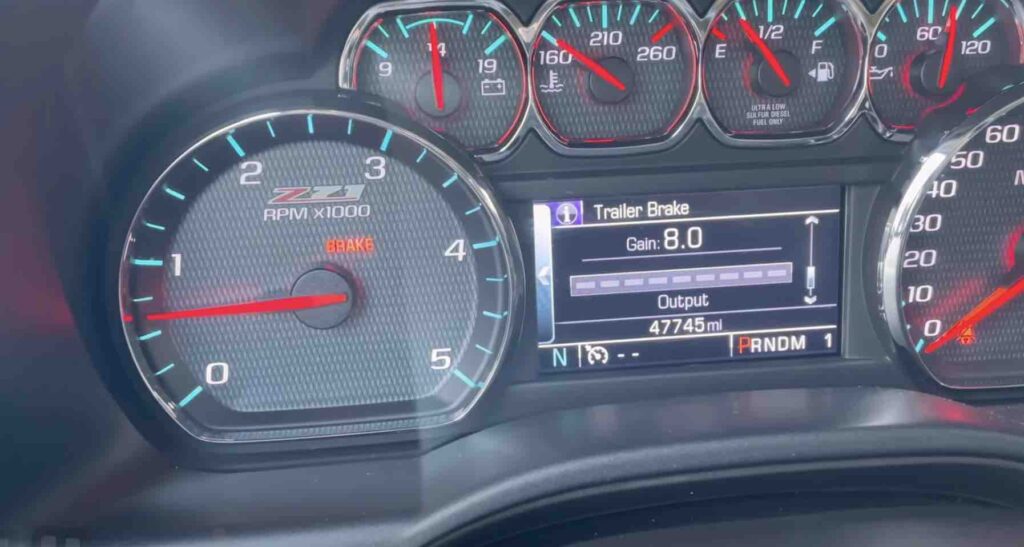
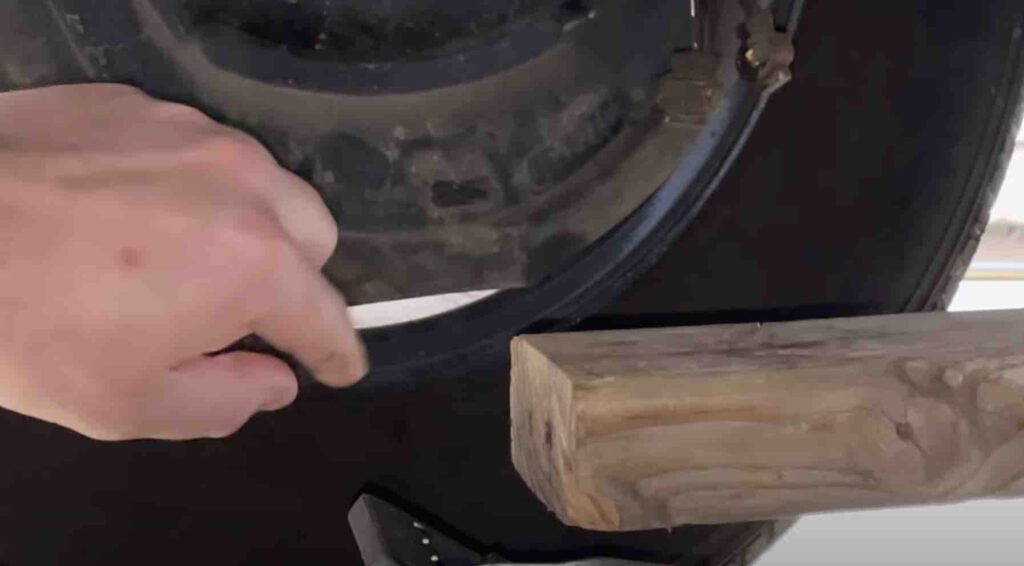
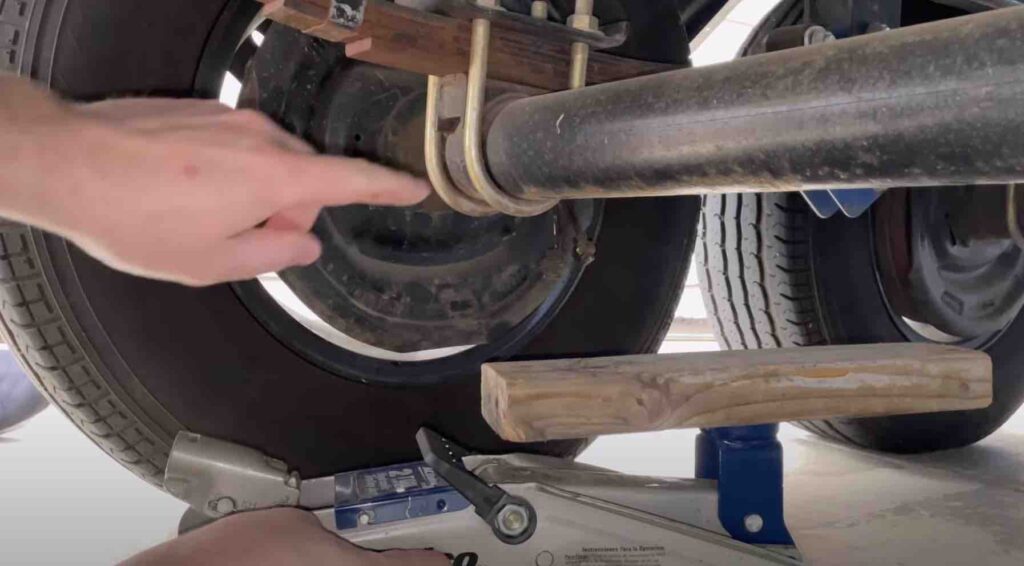
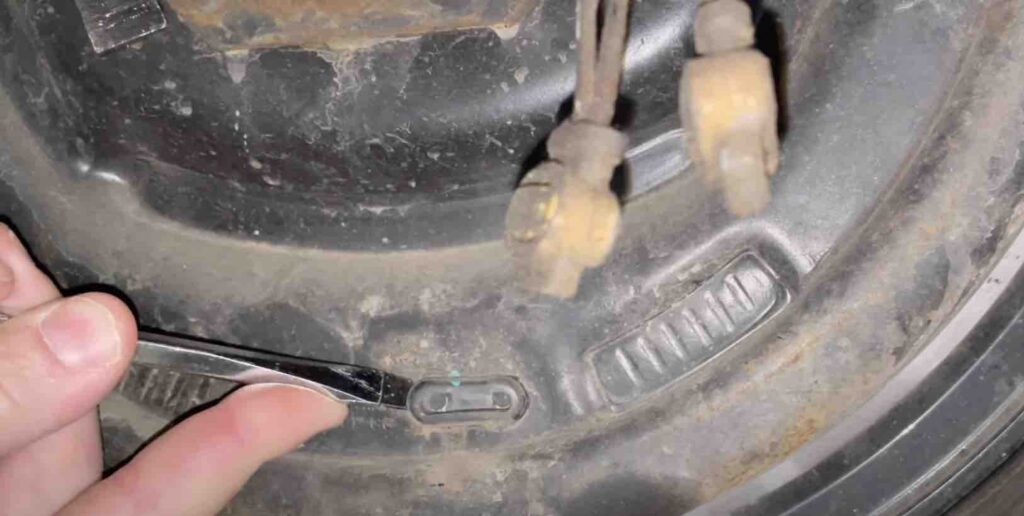
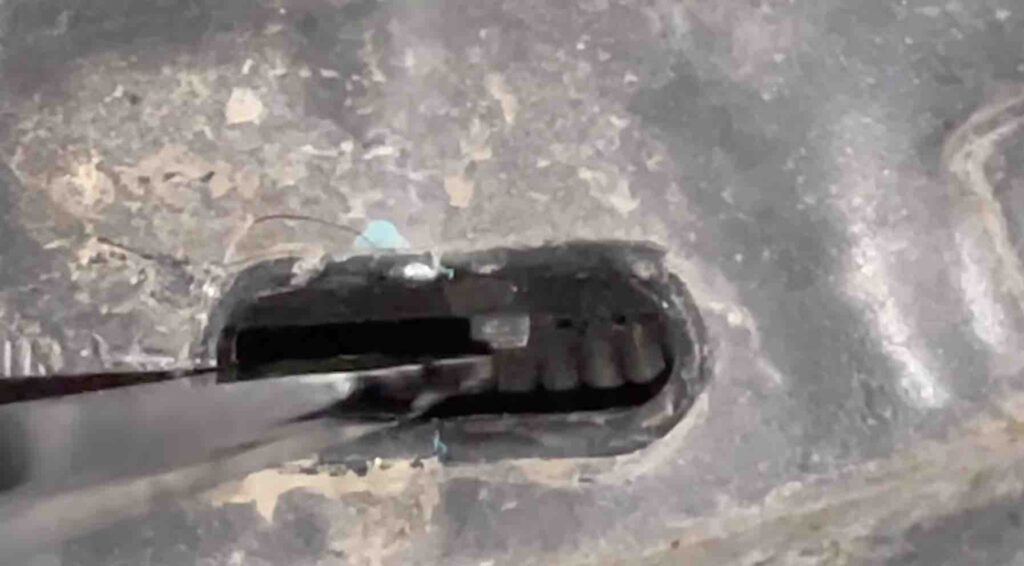
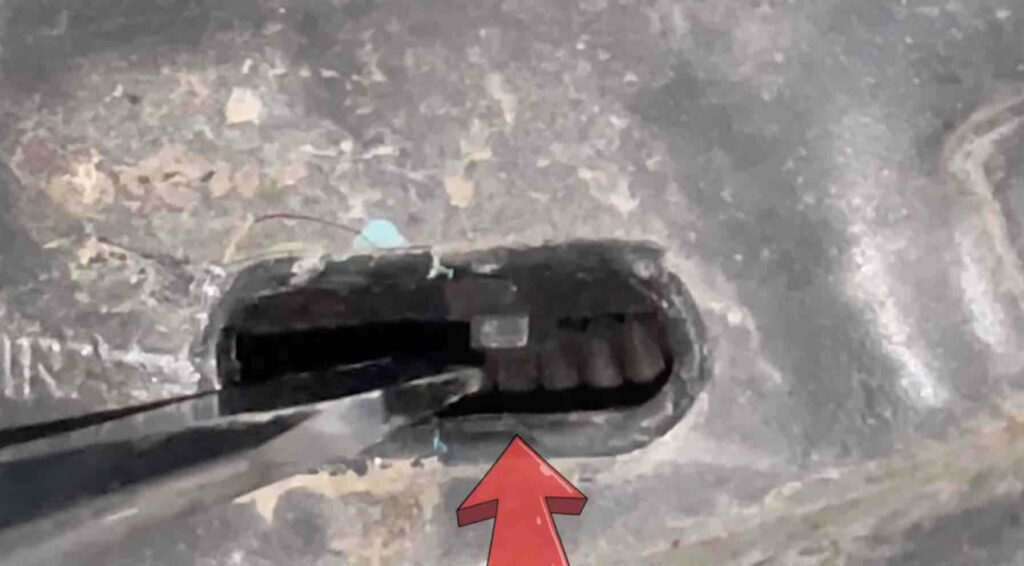
How To Adjust Electric Brakes On A Trailer?
Adjusting electric brakes on a trailer is a safety measure. Check out the step-by-step guide below;
- Grab necessary tools such as a rollway jack, flathead screwdriver or brake adjusting tool, gloves, safety goggles, and a flashlight.
- Hook-up up the trailer wheels as you jack up one of the sides using a jack stand.
- Pull off the brake access covers using a flathead screwdriver.
- Use a brake spoon, brake adjustment tool, or flathead screwdriver to turn the star wheel adjuster in the brake chamber. Then, push down on the brake spoon handle to pry the adjuster. Doing that will tighten the brake pads.
- Stop tightening the adjuster once the trailer tire becomes difficult to spin.
- Place the cover back on the trailer brake access point. At this point, check the torque on your trailer tire nuts. Ensure you follow the star specifications of your manufacturer.
- Pull off the jack stands as you safely lower your trailer.
- Repeat this procedure on the other sides.

How To Adjust Self Adjusting Electric Trailer Brakes?
Although most brakes need to be adjusted, self-adjusting electric trailer brakes require minimal effort. So, if they move more than a set amount to touch the drum, you need to adjust them.
Here are the adjustment steps;
- Jack up the wheel using a jack stand.
- Have access to the wheels. Then pull off the rubber adjusting cap beneath the brake drum.
- Use the brake spoon or brake adjustment tool to loosen or tighten the adjusting nuts on the brake bracket.
- Spin the tire. If you feel a slight drag, stop the tightening.
- Replace the rubber adjustment cap.
- Pull off the jack and jack stand as you lower the trailer.
- It should adjust immediately.

How To Adjust Trailer Brake Gain?
You must adjust the gain of your trailer brake when your trailer weight changes. For safety, the gain would adjust the braking force the brake provides.
Here are steps to adjusting the gain on the brakes of your trailer;
- Move the gain control to the 50% mark.
- Test the setting as you tow the trailer on a dry, level road of about 20 MPH.
- Push the manual override button.
- If your trailer brakes hold no grip, increase the gain. But if the trailer brakes lock up, reduce the gain.
- Repeat the adjustment steps until you have the point of maximum gain.
Watch this short video for a more illustrative visual guide.
Manual Vs. Self Adjusting Trailer Brakes
Both manual and self-adjusting trailer brakes are essential types of electric brake assemblies.
Let’s compare them below;
- Adjustment – You only adjust the manual brakes manually via the star adjuster. Whereas the self-adjusting brakes automatically adjust themselves.
- Maintenance service – Manual brake requires more maintenance service than self-adjusting brakes. As regards this, self-adjusting brakes have become more popular.
- Mode of Identification – Self-adjusting brakes has a wire that runs from about 9 O’clock to 1 O’clock. The 1 O’clock side has banjo looking fitting. However, the manual brakes don’t have any wire inside the assembly.
- Spring Mode – Manually adjusted brake assembly has a curved spring below the adjuster. In contrast, the self-adjusting brake assembly has a straight spring wrapped around the adjuster.
- Lifespan – Manually adjusted brake last longer than self-adjusting.
Ensure you don’t run both brakes on the same trailer or axle to avoid issues with your braking system.
See the table below for a side-by-side general comparison.
Quick Comparison Table for Manual Vs. Self-Adjusting Trailer Brakes
| S/N | Manual Trailer Brakes | Self-Adjusting Trailer Brakes |
| 1 | Require manual adjustment of the trailer brake gears. | Automatically adjust to maintain proper braking distance. |
| 2 | Manual brakes can easily be adjusted to suit different load sizes and road conditions. | Provide consistent braking performance regardless of load size and conditions |
| 3 | It can be less reliable in maintaining proper braking distance | Typically more reliable in maintaining proper braking distance |
| 4 | Require more frequent maintenance and adjustments | Require less maintenance and adjustments |
| 5 | This may be less expensive to purchase and maintain( not in all cases, though) | It may be more expensive to purchase and maintain |
| 6 | Manual brakes can be used with a variety of vehicles | Designed to work with specific vehicles, and are not compatible with all types of trailers without electric braking systems. |
| 7 | It can be adjusted for different braking preferences | Do not allow for personal braking adjustments |
| 8 | Provide more control over the braking force | Provide less control over the braking force of the vehicle. |
| 9 | Can be prone to human error in adjustment | Eliminates human error in adjustment however might still encounter electrical and computer errors. |

How To Adjust Dexter Trailer Brakes?
Here are the simple steps to adjusting Dexter trailer brakes;
- Park your trailer on a level surface.
- Secure it by placing wheel chocks under the opposite wheel.
- Jack up your trailer as you place a jack underneath the frame of your trailer.
- Have access to the wheel as it spins freely.
- Remove the adjusting hole plug from the slot at the bottom of the brake backing plate.
- Use a screwdriver or brake adjustment tool to rotate the star wheel of the brake adjusting assembly to expand the brake shoes.
- Apply inward force towards the tire as you use the tool to tighten the brakes.
- Adjust the brakes until it is difficult to spin the wheel.
- The rotation of the star wheel should be in the opposite direction until the brakes drag slightly.
- Replace the hole plug, and repeat this to the rest of your brakes.

Adjusting Trailer Brakes By Backing Up
Backing up the adjusting trailer brakes requires turning the star wheel adjuster using the brake spoon. Tighten the brake pads as you pry the spoon down. Tightening the star wheel adjuster will enable the trailer tire to turn as you hear a slight scraping sound. The backing up can save you the hassle of readjustment after the initial break-in.
Is A Self Adjusting Trailer Brakes Weak?
A self-adjusting trailer brake is not weak. But it could become weak if the magnet is worn out or gets old. A few otherissues that can cause the self-adjusting brakes to become weak include;
- Poor electrical connections
- Broken wires
- Open circuits, and
- Impaired brake magnets.
Ensure that your self-adjusting trailer brakes connect to a paint and rust-free surface. So is a self adjusting trailer brakes weak? Well, you know now.
How To Adjust Trailer Brakes On A Semi?
Adjusting brakes on a semi-trailer requires you to identify if the brakes are tight or loose.
As regards, check out the steps below:
- Park your semi on level ground.
- Secure each tire using a wedge.
- Apply brakes as you maintain equal pressure on all 4 braking bands.
- Have access to the brake drums as you check for rust and any sign of wear. If any part is faulty, replace it immediately.
- Tighten or loosen the adjusting nuts on the brake bracket.
- Remove dust and debris from the brakes.
Note: When tightening, squeeze the air out and ensure to make enough stays inside to keep lines inflated. Please watch the video above if you have not done this before.
Conclusion
So rounding this post on how to adjust electric brakes on a trailer, I will say, it is easy to adjust the electric brakes on a trailer. Doing this would help your trailer to come to a halt without any problems. Before adjusting your trailer brakes, make handy tools such as a flathead screwdriver, jack and jack stand, safety goggles, flashlight, and adjustable tool available.
I recommend you adjust your brakes at every 3000 miles range. However, regular maintenance should make your brakes last longer.
Always identify the convenient braking assembly type before you install it in your trailer. Ensure you keep yourself and other road users safe. Do well to share this guide with others!
Related Article: How To Do 4 Pin & 7 Way Trailer Plug Wiring Diagram with Brakes

Uchenna is a Radiographer and Auto parts mechanic who recently got his automotive diploma as an auto repair technician, and since then, has worked on fixing various car problems.
Working as just a radiographer, Uchenna didn’t just get all the fulfillment he desired, because he truly loved doing things tilted toward cars. As a kid, he would take apart his toy cars to see how they worked and would spend hours tinkering with his bike.
So, in 2017 he made the tough decision to become an auto mechanic. He threw himself into his studies and now loves every aspect of what he does.
He gets to work with his hands, solving problems and bringing cars back to life, and sharing his knowledge and easy quick-fix guide online are all part of what makes him feel fulfilled.

